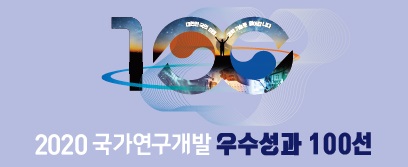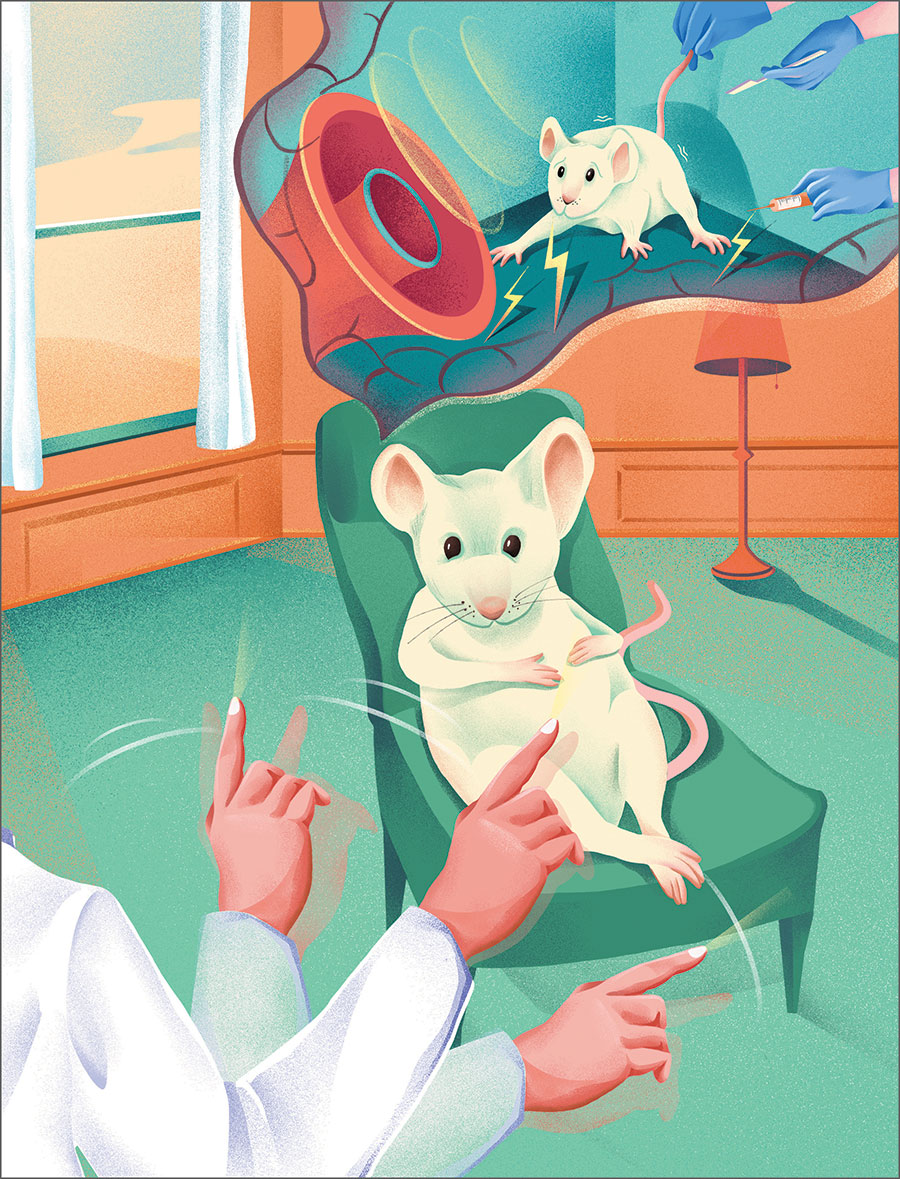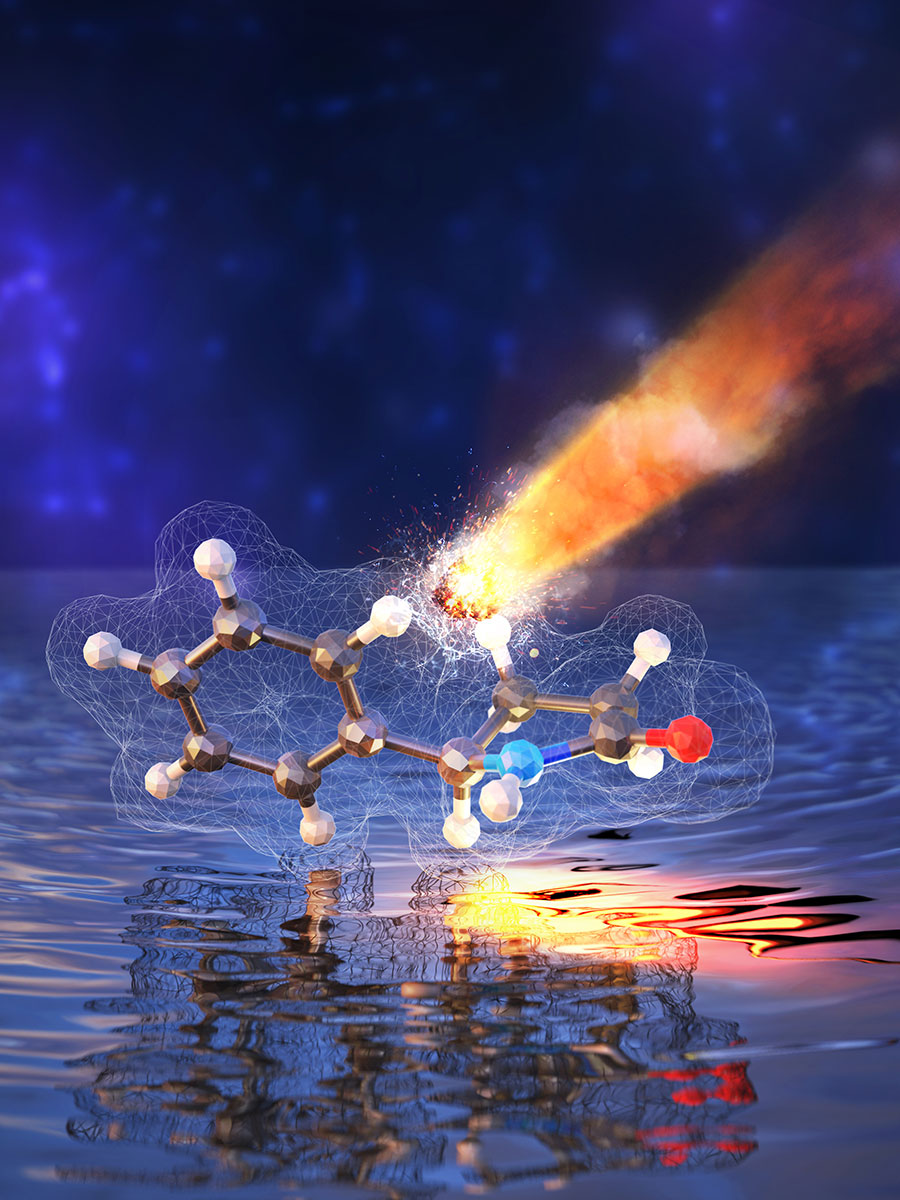주메뉴
- About IBS 연구원소개
-
Research Centers
연구단소개
- Research Outcomes
- Mathematics
- Physics
- Center for Underground Physics
- Center for Theoretical Physics of the Universe (Particle Theory and Cosmology Group)
- Center for Theoretical Physics of the Universe (Cosmology, Gravity and Astroparticle Physics Group)
- Dark Matter Axion Group
- Center for Artificial Low Dimensional Electronic Systems
- Center for Theoretical Physics of Complex Systems
- Center for Quantum Nanoscience
- Center for Exotic Nuclear Studies
- Center for Van der Waals Quantum Solids
- Center for Relativistic Laser Science
- Chemistry
- Life Sciences
- Earth Science
- Interdisciplinary
- Center for Neuroscience Imaging Research (Neuro Technology Group)
- Center for Neuroscience Imaging Research (Cognitive and Computational Neuroscience Group)
- Center for Algorithmic and Robotized Synthesis
- Center for Genome Engineering
- Center for Nanomedicine
- Center for Biomolecular and Cellular Structure
- Center for 2D Quantum Heterostructures
- Center for Quantum Conversion Research
- Institutes
- Korea Virus Research Institute
- News Center 뉴스 센터
- Career 인재초빙
- Living in Korea IBS School-UST
- IBS School 윤리경영


주메뉴
- About IBS
-
Research Centers
- Research Outcomes
- Mathematics
- Physics
- Center for Underground Physics
- Center for Theoretical Physics of the Universe (Particle Theory and Cosmology Group)
- Center for Theoretical Physics of the Universe (Cosmology, Gravity and Astroparticle Physics Group)
- Dark Matter Axion Group
- Center for Artificial Low Dimensional Electronic Systems
- Center for Theoretical Physics of Complex Systems
- Center for Quantum Nanoscience
- Center for Exotic Nuclear Studies
- Center for Van der Waals Quantum Solids
- Center for Relativistic Laser Science
- Chemistry
- Life Sciences
- Earth Science
- Interdisciplinary
- Center for Neuroscience Imaging Research (Neuro Technology Group)
- Center for Neuroscience Imaging Research (Cognitive and Computational Neuroscience Group)
- Center for Algorithmic and Robotized Synthesis
- Center for Genome Engineering
- Center for Nanomedicine
- Center for Biomolecular and Cellular Structure
- Center for 2D Quantum Heterostructures
- Center for Quantum Conversion Research
- Institutes
- Korea Virus Research Institute
- News Center
- Career
- Living in Korea
- IBS School
News Center
| 제목 | Three research achievements by IBS are listed among the 2020’s Top 100 Outstanding National R&D Achievements | ||||
|---|---|---|---|---|---|
| 작성자 | Communication Team | 등록일 | 2020-11-02 | 조회 | 944 |
| 첨부 |
 thumb.jpg
thumb.jpg
|
||||
Three research achievements by IBS are listed among the 2020’s Top 100 Outstanding National R&D AchievementsThree projects within the Institute for Basic Science (IBS) in 2019 were selected among the 100 most outstanding national R&D achievements. The Ministry of Science and ICT and Korea Institute of S&T Evaluation and Planning (KISTEP) announced on October 30 the list of the 100 Most Outstanding National R&D Achievements in 2020. Research findings from the IBS Centers for Cognition and Sociality, Molecular Spectroscopy and Dynamics, and Catalytic Hydrocarbon Functionalizations were included in the list.
The research work of the IBS Center for Cognition and Sociality published in Nature in February 2019 was selected as the most outstanding achievement in the basic science and infrastructure field. Through animal testing, the research team defined the mechanism of eye movement desensitization and reprocessing (EMDR) as psychotherapy for post-traumatic stress disorder (PTSD), which has been widely administered without a clear understanding of the underlying scientific principles. When repetitively exposed to bilateral visual stimulation, the fear response of mice substantially decreased and did not recur. The team also discovered new brain neurocircuitry involved in fear memory. This research was also placed among the top 10 R&D Achievements for the Resolution of Social Issues. Among the top 100 achievements, these 10 were selected by the Ministry of Science and ICT according to the results of the online voting where the public votes for the research achievement they empathize with the most. The Ministry explained, “This research appears to have appealed to the voters through its possibility of contributing to the enhancement of psychotherapy for PTSD.”
The research of the IBS Center for Catalytic Hydrocarbon Functionalizations, which was published in the March 2019 issue of Nature Catalysis was selected as the Most Outstanding Outcome in the life science and marine science field. Many pairs of molecules in the natural world are chiral. The two different chiral molecules may be identical in terms of their types and number of elements but differ completely in chemical properties under chiral environment. In particular, a molecule that can exist in a pair as a mirror image of the other is referred to as an “enantiomer”. As evidenced by the fact that 60% of drugs being marketed exist as enantiomers, this research is crucial in drug development. This is because each enantiomer displays different physiological activities once they enter the body. This means that one enantiomer type may be therapeutic while the other may be harmful. The research team developed a new catalyst capable of selectively synthesizing one single type of enantiomer. Followed by the development of a catalyst that can convert abundant and inexpensive hydrocarbon to highly valuable γ-lactam compounds in 2018 (published in Science), the team accomplished the feat of presenting a catalyst engineered to selectively produce chiral-lactams critically needed for drugs. This research garnered much attention for succeeding in creating useful molecules out of hydrocarbon, which is abundant in nature but difficult to utilize due to low chemical reactivity.
Lastly, the research published in Nature Communications in March 2019 by the IBS Center for Molecular Spectroscopy and Dynamics was named the Most Outstanding Achievement in the convergence technology field. It has been difficult to observe the internal features of biological tissues even with microscopy, due to their complex structures. The research team developed holographic microscopy that can amplify optical signals by more than 100 times. The team succeeded in observing the neural network of live zebrafish in high resolution using this microscopy. The research received positive reviews as this basic technology helps users attain deeper imaging of the underlying tissues without the need for incisions. This is expected to ensure greater accuracy in diagnosis in combination with other tools such as endoscopy. The annual list of the 100 Most Outstanding National R&D Achievements was initiated in 2006 to promote public interest in science and technology and instill pride in experts in the related fields. In 2020, the final 100 winners were selected among 70,000 government-funded projects performed in 2019. IBS was included in the list for having two projects in 2017, three in 2018, and four in 2019. |
|||||
| 이전 | |
|---|---|
| 이전 |
- Content Manager
- Public Relations Team : Yim Ji Yeob 042-878-8173
- Last Update 2023-11-28 14:20














